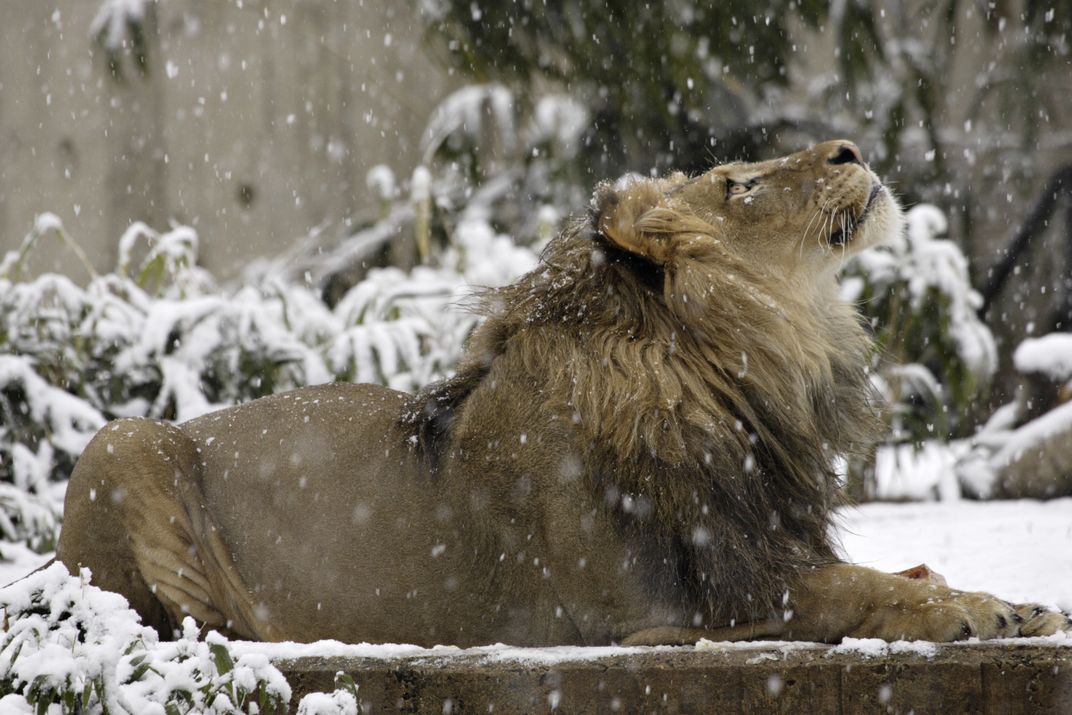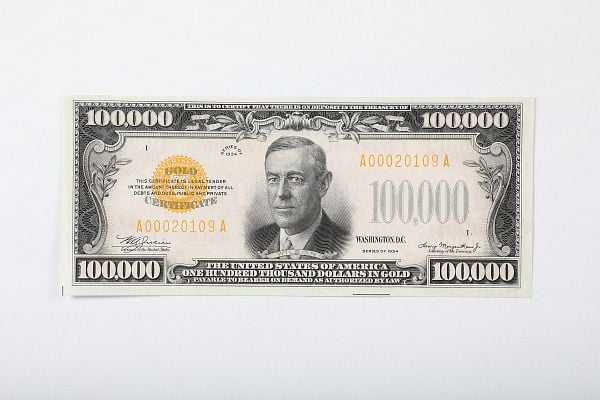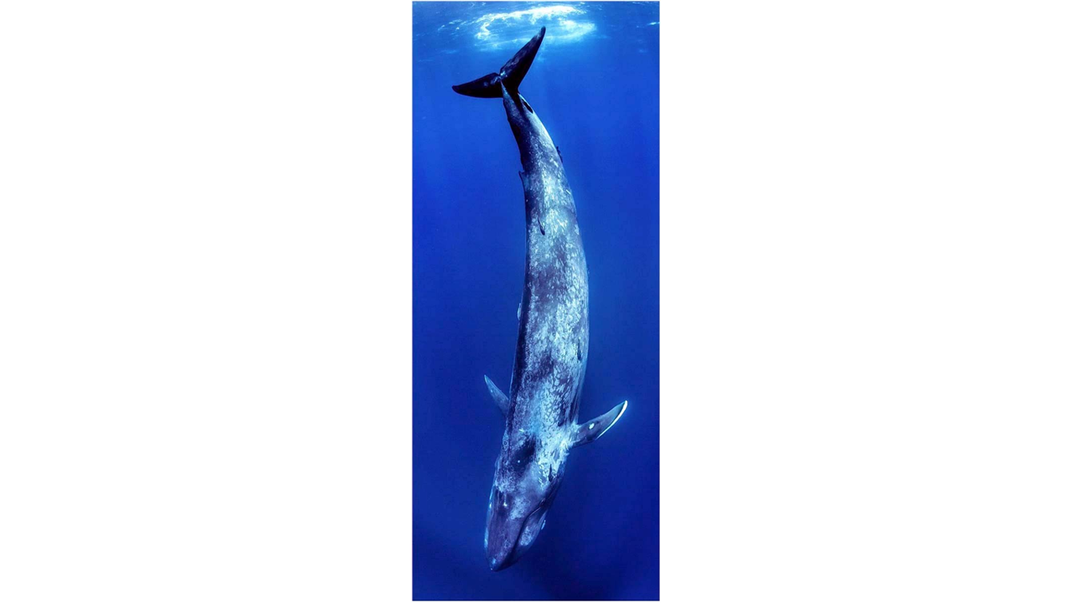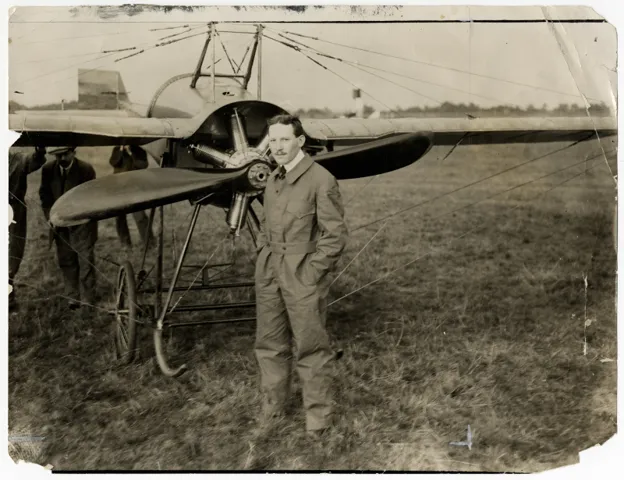Learning Alongside the Smithsonian for the Hundredth Day of School
As young students across the country celebrate this major milestone in the school year, the Smithsonian offers classroom connections to consider just how monumental 100 really is
:focal(640x363:641x364)/https://tf-cmsv2-smithsonianmag-media.s3.amazonaws.com/filer_public/79/64/7964e856-9045-4cfd-a57d-af7f42638c5e/kindergarteners_smithsoniancastle_archives.png)
Every year, right around February, early learning centers and elementary schools across the U.S. celebrate a major milestone in the school year–the hundredth day of school! Posts on social media feeds might show kindergarteners dressed as though they’re 100 years old, children with construction paper crowns with the number 100 emblazoned on them, or little ones decked out in oversized shirts that include 100 googly eyes, or 100 gold stars, or 100 of just about anything that’s easy to collect, count, and attach to your wardrobe.
Here at the Smithsonian, it got us thinking about what unique collections and interesting facts we could share from across our museums, research centers, and the National Zoo that might inspire those thinking about just how far, valuable, impressive, deep, long, and fast 100 can be!

Did you know lions stalk their prey from about 100 feet away? As the world’s most social felines, who roam the savannas and grasslands of the African continent, hunting cooperatively and raising cubs in prides, lions are fascinating animals. As your class learns more about lions, don’t miss the chance to tune in to the National Zoo’s lion webcam 24/7 and download the Animal Cam Bingo Cards. These activities are designed to engage learners of all ages in looking closely and thinking deeply about animal behavior and habitats.

In 1934, the $100,000 bill became the highest denomination ever issued in American currency! It was intended to be used as an accounting device between branches of the Federal Reserve, and it’s actually illegal for a private citizen to own. Introduce your students to other examples of “Really BIG Money” from the National Museum of American History exhibition of the same name, aligned to elementary social studies learning standards and featuring highlights such as the long tail feathers of a Resplendent Quetzal bird, a 31-pound Swedish copper plate, and a coin head made from 165 Roman coins.

Pictured here in an iconic National Portrait Gallery photograph during the 1960 Olympic games, Wilma Rudolph set the world record for the 100-meter race, finishing in 11.0 seconds. As of 2024, the men’s world record is 9.58 seconds set by Usain Bolt in 2009 and the women’s world record is 10.49 set by Florence Griffith-Joyner in 1988. Prepare for the summer 2024 Olympic games to be held in Paris, France by exploring objects and photographs in the Smithsonian’s collections from past summer Olympics.

The Hope Diamond is the largest deep-blue diamond in the world. It was cut from a rough crystal that was forged more than a billion years ago by the intense heat and pressure found about 100 miles deep in the earth. Studying earth science? Learn more about Gems and Minerals from the National Museum of Natural History, with an explainer about the differences between rocks and minerals, plus extra video content from our scientists!

Spanning up to 100 feet long and weighing up to 200 tons, the blue whale (Balaenoptera musculus) is the largest animal ever to have lived! And yet this animal of massive size eats prey the size of your smallest finger. Stay up-to-date with the National Museum of Natural History’s Ocean Portal for the latest news, lesson plans, activities, and resources to help you engage your students in the wonders of our oceans.

This 1912 photograph from the National Air and Space Museum shows Maurice Prevost standing in front of his Deperdussin monoplane, which he used to win the Gordon Bennett Cup. In 1912, his sleek monoplane was the first to top 100 miles per hour! Are your students curious to learn how an airplane flies? Learn more about the four forces of flight– lift, weight, thrust, and drag– through hands-on activities, videos and diagrams.
A milestone like the 100th day of school offers a unique opportunity for teachers to introduce topics in measurement and counting, but it also provides an in-roads to make connections across the curricula and students’ interests–inspiring the next generation of veterinarians, geologists, or pilots along the way.